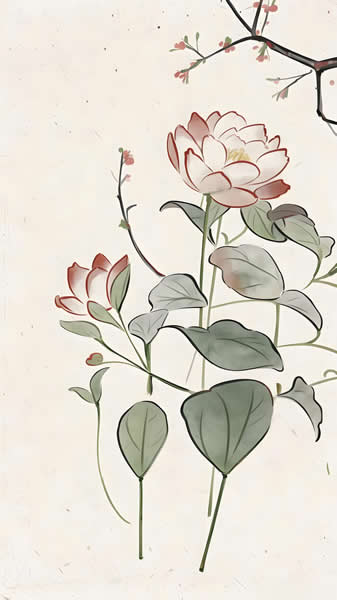喜秋诗句,自古以来便是文人墨客抒发情怀、赞美自然的重要载体。在中国古典诗词中,秋天常被描绘成一个充满丰收、宁静与哲思的季节,而喜秋诗句则捕捉了这份独特的喜悦与深沉。从杜甫的“无边落木萧萧下,不尽长江滚滚来”到王维的“空山新雨后,天气晚来秋”,这些诗句不仅展现了秋景的壮美,更传递了诗人对生命轮回的感悟。秋天,作为四季之一,象征着成熟与收获,喜秋诗句往往以金黄的稻田、飘落的枫叶、凉爽的微风为意象,唤起读者内心的共鸣。李白的“秋风清,秋月明,落叶聚还散,寒鸦栖复惊”,通过简洁的语言,勾勒出秋夜的静谧与变幻,让人感受到季节更替中的喜悦与惆怅。
喜秋诗句的魅力在于其多层次的表达。它歌颂秋天的丰饶,如白居易的“田家少闲月,五月人倍忙。夜来南风起,小麦覆陇黄”,这虽非直接写秋,但隐含了秋收的喜悦;它也秋天的哲理,如苏轼的“一年好景君须记,最是橙黄橘绿时”,提醒人们珍惜时光,享受当下的美好。这些诗句不仅仅是文字的堆砌,更是情感的流淌,反映了中国人对自然与人生的和谐追求。在古代,秋天 often associated with the harvest festival and family reunions, making喜秋诗句 a cultural symbol of gratitude and contentment.

从历史背景来看,喜秋诗句的兴起与唐宋时期的文学繁荣密切相关。唐代诗人如杜甫、李白,以豪放奔放的风格,将秋景与个人抱负结合,创造出许多传世之作。宋代则更注重细腻的描写和哲理思考,如陆游的“秋夜将晓出篱门迎凉有感”,通过秋夜的凉意,抒发对家国命运的忧思。这些作品不仅丰富了诗词宝库,也影响了后世文学创作,使得喜秋诗句成为中华文化中不可或缺的一部分。在现代,人们依然通过诵读这些诗句来寻找心灵的慰藉,尤其是在快节奏的生活中,喜秋诗句提醒我们放慢脚步,欣赏自然之美。
喜秋诗句的艺术特色值得深入。它们 often employ vivid imagery and metaphors, such as comparing autumn leaves to dancing flames or the cool breeze to a gentle whisper. The use of seasonal symbols like the chrysanthemum (a flower that blooms in autumn) in poems by Tao Yuanming adds layers of meaning, representing resilience and elegance. The rhythm and rhyme in these verses enhance their musicality, making them not just to read but to recite aloud, evoking a sense of joy and reflection. For instance, in Du Mu's "Autumn Evening," the lines "银烛秋光冷画屏,轻罗小扇扑流萤" paint a picturesque scene that transports readers to a serene autumn night.
In conclusion,喜秋诗句 is a treasure trove of Chinese literary heritage, offering insights into the human experience through the lens of autumn. It celebrates the season's bounty while pondering life's transience, making it relevant across ages. Whether for artistic appreciation or personal inspiration, these verses continue to resonate, inviting us to embrace the beauty and wisdom of autumn.



 相关阅读
相关阅读










